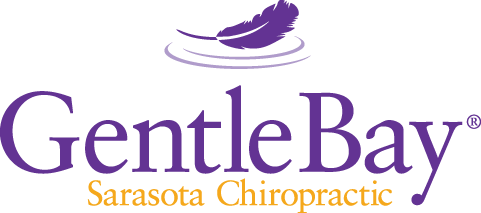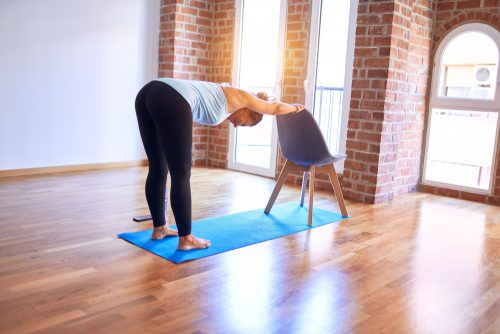My practice is focused on relieving pain and other problems by releasing the restrictions from fascia, or fibrous connective tissue. Through over 20 years of practice, I have come to consider yoga one of the most effective forms of exercise for maintaining healthy, flexible fascia. When performed correctly, yoga promotes tone and flexibility more completely than any other exercise. However, due to missing one essential concept, not everyone has a good experience with yoga.
Some of my patients are intimidated by yoga because they can’t achieve the stretching poses they see others doing in classes, or they find yoga to be painful. In fact it might (or might not) be surprising that I treat people for pain or even injuries from yoga on a consistent basis including a few yoga instructors. Why are there so many problems with an exercise I strongly recommend?
The most important element of a great yoga experience is paying attention to the breath. Most yoga instructors teach their students to feel the ebb and flow of the breathing cycle as they move through their poses. What this means—or should mean—is feeling how tension comes and goes in the breathing cycle. If at any point, the breath feels tight, it seems hard to inhale or exhale, or there is even a need to hold the breath, this is a sign of pushing too hard in the pose. At this point, it’s time to step back and re-evaluate. Perhaps stretching less is what is needed, or maybe a prop like a pillow or chair would help achieve greater flexibility without causing additional strain.
An effective yoga practice also means paying attention to stress in all areas of the body along with the breath—the leg muscles, the hips, the back of your neck, even bottoms of the feet. For example, while performing a forward bend you might be able to touch your calves or toes without a sense of pain or problem. But if you don’t pay close attention, you could miss noticing that your breathing has become shallow or restricted. After backing up, you should find the breath eases, and the position will stimulate muscle tension release and encourage flexibility.
Many people who complain they are not becoming more flexible with yoga are actually trying to stretch too far and too quickly. When the tissues are stretched too tight, even if there is no pain, the tension can cut off the blood flow and starve that tissue for oxygen. This tends to cause decreased flexibility.
Of course, there will always be a sense of stretching in the body with yoga, and for some people who have not stretched much in their lives, this can feel uncomfortable, but it should never rise to the level of pain or restricted breathing—that is a sure sign of stretching too far, too soon. The three main situations where I see people suffer pain, or even injury, with yoga are due to the following:
- The person practicing yoga has never been exposed to the idea of breath awareness, or their yoga instructor emphasizes achieving a specific yoga posture over breath awareness.
- The person is aware they should be paying attention to their ease of breathing, but they allow a sense of competition or hastiness to make them strive too hard to reach the “correct” yoga pose.
- Yoga instructors sometimes injure themselves because they feel obligated to show their classes a pose in picture-perfect form, even though their bodies might be having an “off day,” or they don’t have the flexibility for a specific pose.
When done properly, yoga is an excellent way to maintain both muscle tone and flexibility in the fascia and other connective tissues. If you have never learned to how to monitor breathing tension in yoga, I recommend seeking out a studio with an instructor who teaches the importance of breath awareness in a yoga practice. If you are familiar with this practice, but tend to be overly competitive with yoga, I would remind you that sometimes less is more. Ultimately the benefits of yoga come from patience, persistence and regular practice.
It is important to know that you do not need to achieve the flexibility of a yogi—or even come close to it—to benefit from yoga. Those who are limited in flexibility or find yoga painful, can still find success working with an instructor who uses props such as cushions, blocks and chairs to help accommodate a lack of flexibility. It is the process that matters, not what you look like or how flexible you are. When done properly, yoga should be healing and rejuvenating..
COVID-19 Update: Local yoga studios are closed due to social distancing considerations. Here are links to Sarasota County yoga studios that are offering online classes:
http://www.gardenoftheheartyoga.com/
Note: If your Sarasota County yoga studio is offering online classes and is not listed here, please let us know!





